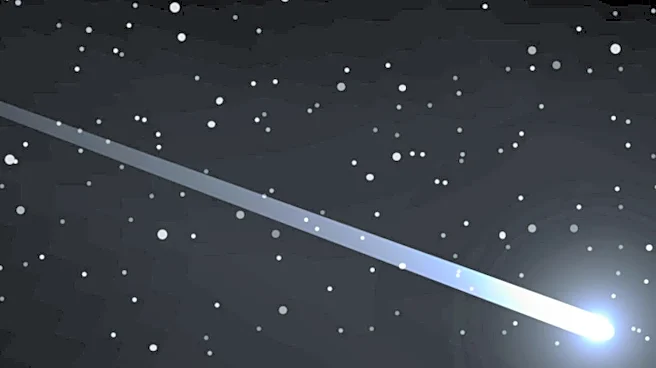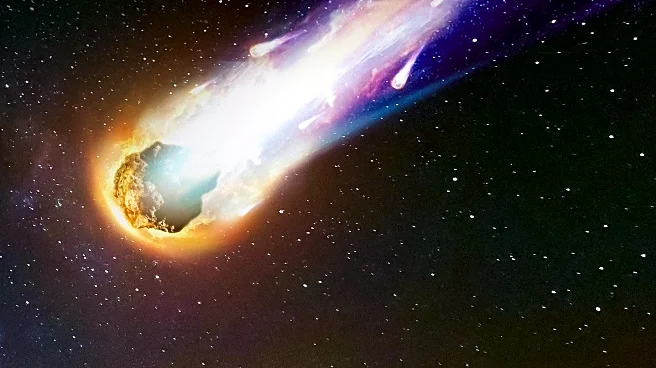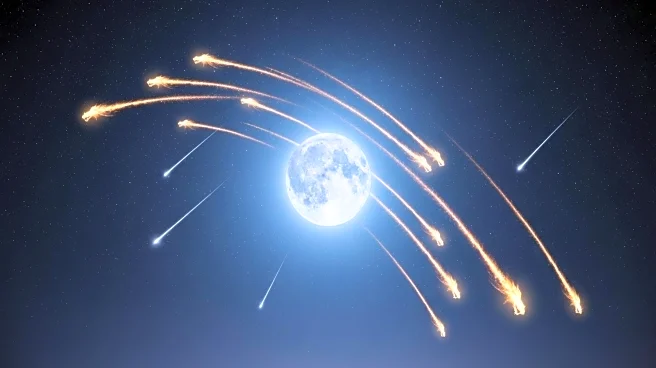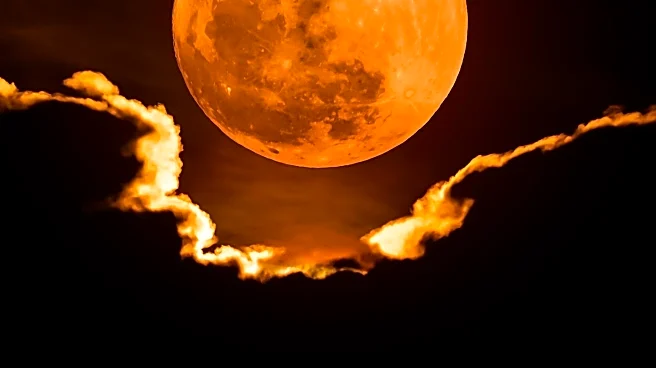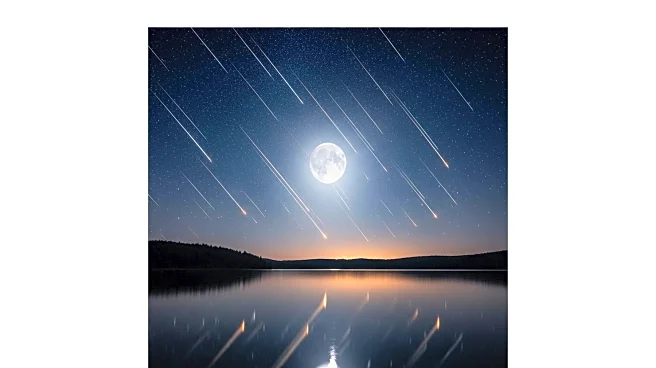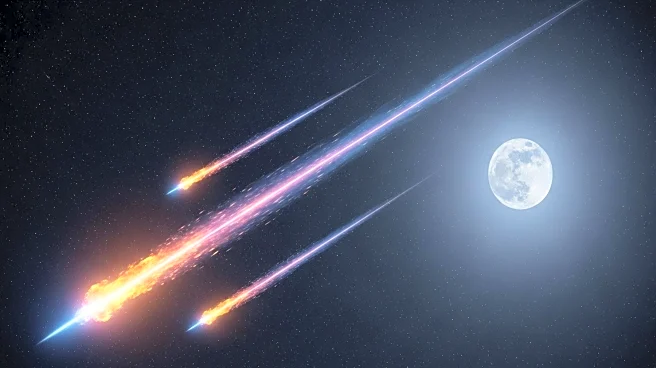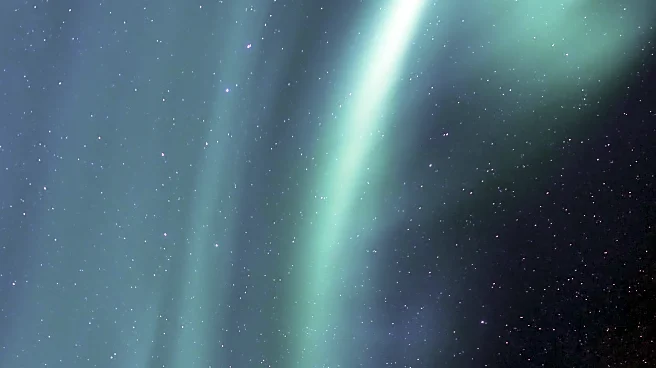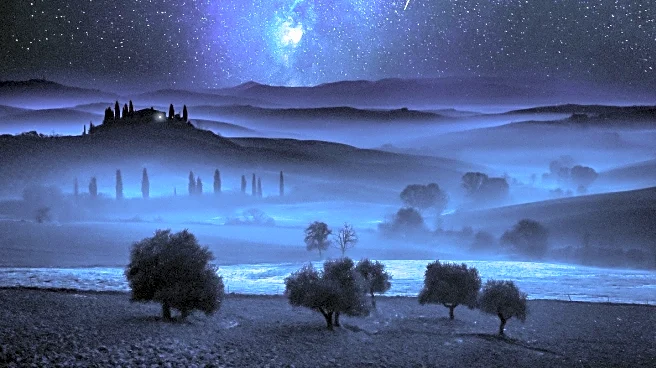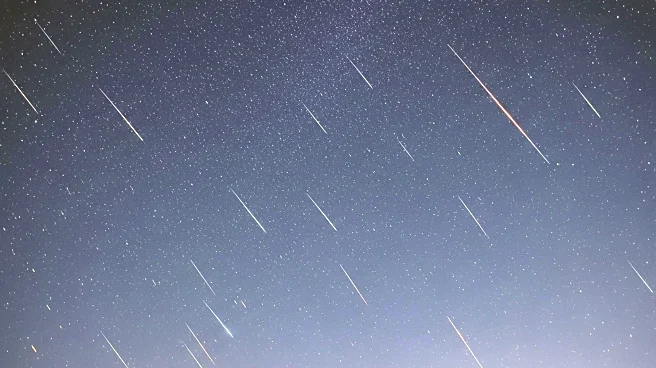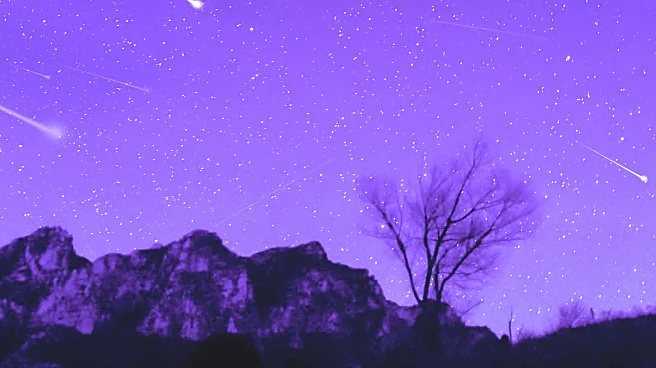What's Happening?
The Draconid meteor shower, resulting from Earth passing through the debris trail of comet 21P/Giacobini-Zinner, is set to peak this week. The shower is active from October 6 to October 10, with the highest activity expected on October 8. This annual event occurs as Earth encounters the comet's dusty remnants, which are left behind as the comet orbits the sun. The Draconids are less celebrated compared to other meteor showers due to their typically low activity, but this year promises a more impressive display. The comet recently made its closest approach to the sun, leaving fresh debris that could result in a higher number of visible meteors.
Why It's Important?
Meteor showers like the Draconids provide valuable opportunities for scientific observation and public engagement with astronomy. They offer insights into the behavior and composition of comets, contributing to our understanding of the solar system. For the public, meteor showers are accessible astronomical events that can inspire interest in science and the natural world. This year's Draconid shower is particularly significant due to the potential for increased meteor activity, offering a rare chance for observers to witness a spectacular celestial event.
What's Next?
Observers in the Northern Hemisphere are encouraged to watch the Draconid meteor shower shortly after sunset, as the meteors will be visible before they sink below the horizon. Despite the presence of a near-full moon, which may reduce visibility, the event remains a worthwhile opportunity for stargazing. Scientists and amateur astronomers will continue to monitor the shower, collecting data on meteor frequency and brightness to enhance understanding of cometary debris fields.
Beyond the Headlines
The Draconid meteor shower highlights the dynamic nature of the solar system and the ongoing interaction between celestial bodies. It serves as a reminder of the interconnectedness of cosmic events and their impact on Earth. The shower also underscores the importance of public science communication, as events like these can foster a sense of wonder and curiosity about the universe.

